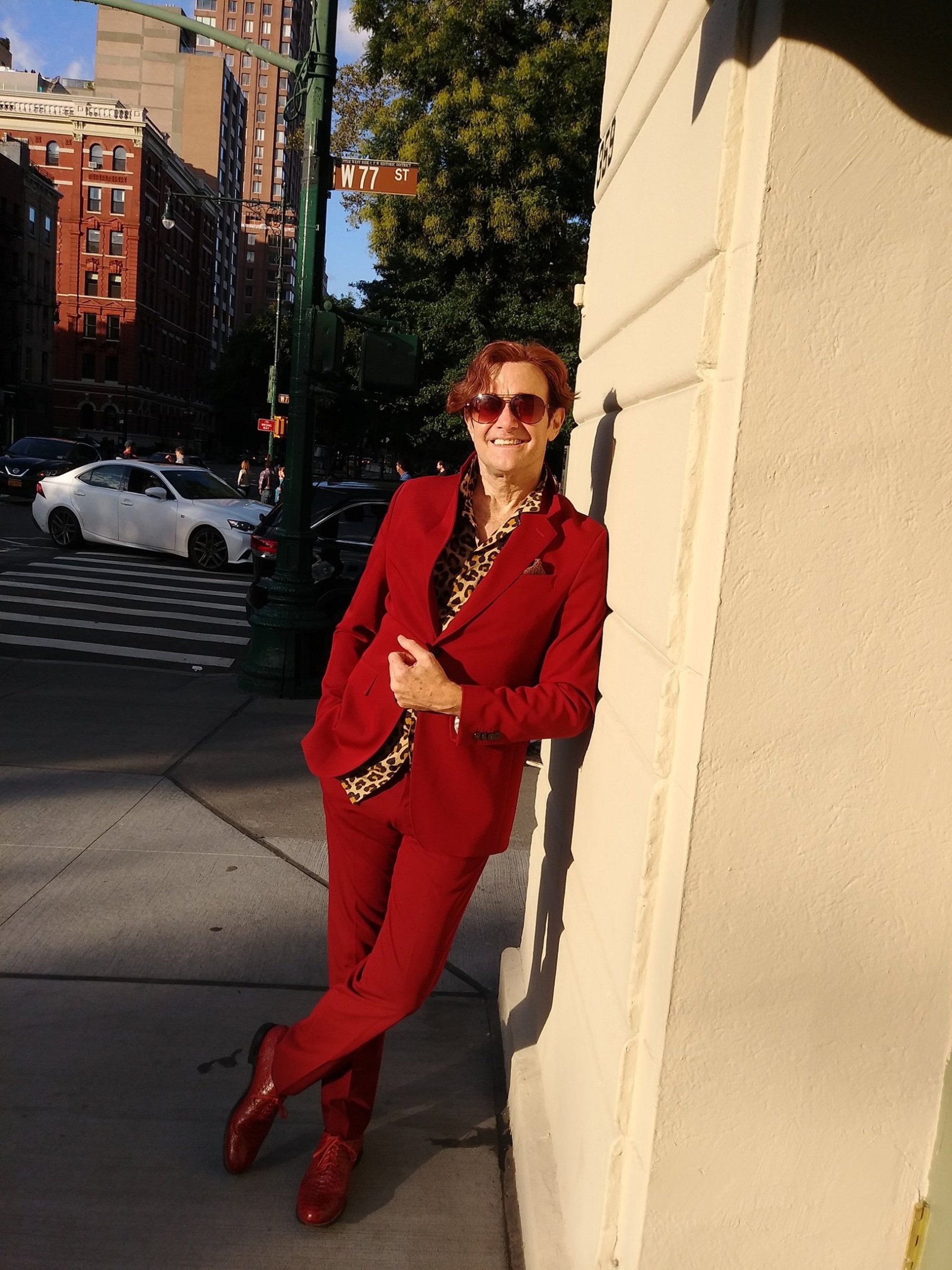
Why have Kibbe body types gone viral on TikTok? Gen Z is embracing the 1980s body-typing system – even though it is outdated and not inclusive
- Dramatic. Classic. Natural. Gamine. Romantic. Which are you? David Kibbe created a system in 1987 to determine body types and it has just gone viral online
- The Kibbe system has been embraced by Gen Z on TikTok, even though a system created by a man to tell women how to dress seems at odds with their beliefs
TikTok cannot seem to get enough of Kibbe’s body types, a system which helps categorise a woman’s shape and most flattering fits – and which has been around since the 1980s.
Despite falling off the radar in the early aughts, the topic has seen a resurgence on social media in recent years, with content creators picking up on it, posting videos and style suggestions for a fresh new audience.
In 1987, image consultant David Kibbe released his book Metamorphosis, which categorised women’s bodies into five main shapes: “dramatic”, “classic”, “natural”, “gamine” and “romantic”.
While the names are a step up from “pear-shaped” and “apple-shaped”, it seems strange in this day and age to embrace a man’s method for determining how women should dress.

To some, Kibbe’s body types should have stayed in the last century, when they were invented. The system, however, is more popular than ever.
There’s no ‘right’ swimsuit for you – it’s whatever you want to wear
“There are both positive and negative aspects to consider when it comes to labelling oneself,” Dr Rosmy Barrios, a Serbian doctor with over 10 years of experience in aesthetic medicine and cosmetology, explains.
But there are dangers to excessive labelling, says Barrios. “Over-identifying with a body type label could lead to body image concerns, unrealistic expectations, or even a sense of inadequacy if one’s self-perception doesn’t align perfectly with the assigned category.”

One of the more problematic elements of the Kibbe structure is the overarching theme that women should look as feminine as possible at all times.
Kibbe’s system goes into detail about balancing out your yin and yang – your opposing, complementary energies. Features that are sharp and angular are deemed masculine, or yang, while the softer, more rounded, characteristics are feminine and labelled yin.
“Having a body classification system determined predominantly by a man could raise questions on the depth of understanding and empathy towards the intricacies of female and diverse body experiences,” says London-based psychologist Dr Raffaello Antonino.
He adds that systems like the Kibbe system “could potentially promote a perception of the body through a lens that might adhere to patriarchal norms and values. So, again, inclusivity would not really have been a main priority”.
When a patriarchal lens is in play, limited perspectives and potential biases are unavoidable.
It is unsurprising that, when it comes to body shape, ethnicity, weight and age, Kibbe body types leave a huge majority of women out.
Antonino says fashion is a deeply personal medium and anything that limits this freedom of expression can lead to issues with self-worth.
“Kibbe body types may inadvertently encourage individuals to aspire to fit into a particular category, undermining the beauty of body diversity and unique individual physiologies,” he adds, noting that stereotyping can lead to complications with mood, anxiety, eating issues and addiction, particularly among adolescents and young adults.
So why has this structure – which seems to be the antithesis of everything Gen Z advocates – gone viral on their favourite platform?
This success may come down to the ways in which Kibbe body types appeal to young internet users’ interests in identity exploration, says French fashion designer Vivienne Desurmont.
In an age when content is king, its virality can also be attributed to its simple, visually engaging format and links to trends and celebrity style.
When Kibbe thought up his system in the 80s, it is highly unlikely he envisioned the videos it would inspire nearly 40 years later. While some of the concepts have not aged well, the system’s popularity proves there will always be a fascination with body form and dress as a means of self-improvement and development – for better or worse.

